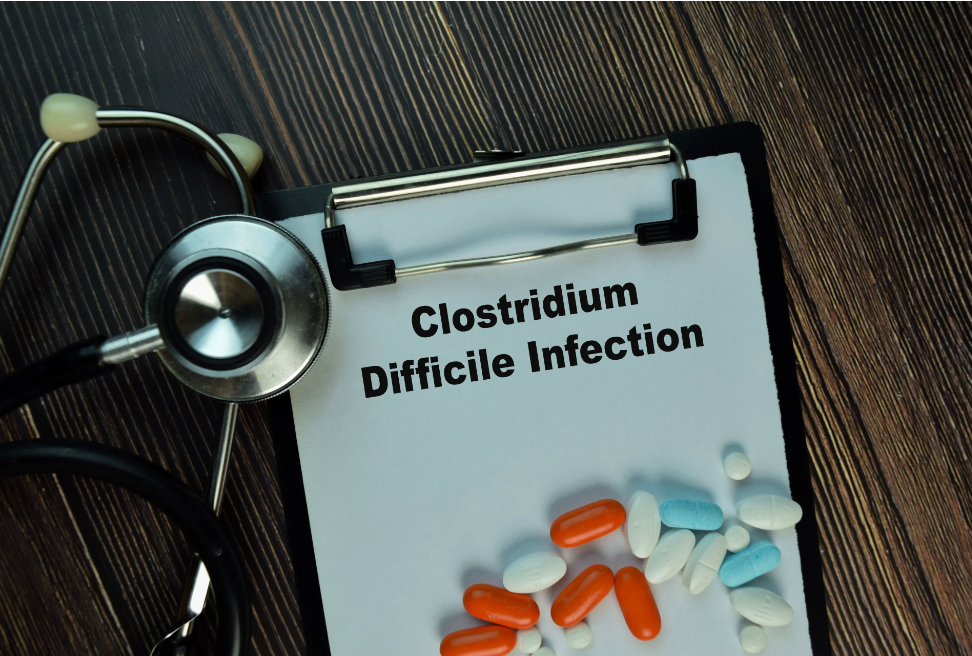Article
Incidence of C. diff Infection Increased Significantly in Some Countries During the Pandemic
Author(s):
In Greece, the stark increase in Clostridioides difficile (C. diff) incidence cannot be explained by a rise of antimicrobial use during the pandemic.
Incidence of Clostridioides difficile (C. diff) infection (CDI) significantly increased during the COVID-19 pandemic, according to the results of a Greek study published in the Journal of Medical Microbiology. C. diff is a pathogen that causes nosocomial diarrhea and poses a critical threat to global public health.
Credit: syahrir - stock.adobe.com.

During the COVID-19 pandemic, C. diff testing decreased while there was increased use of broad-spectrum antibiotics, the overuse of which can lead to treatment-resistant C. diff strains in hospitals and communities. Additionally, people who have or have had COVID-19 infection are at a greater risk of CDI.
Investigators conducted a 51-month (January 2018 to March 2022) retrospective study that evaluated the effects of the COVID-19 pandemic on CDI incidence—defined as infections per 10,000 bed days (IBD)—in a Greek tertiary hospital. The team compared pre-pandemic CDI incidence (January 2018 to February 2020) to CDI incidence during the pandemic (March 2020 to March 2022) using an interrupted time-series analysis.
In the tertiary hospital, the annual CDI incidence rate is usually between 0.5 and 2.0 infections per 10,000 bed days (IBD). The results of the study suggest that pre-pandemic incidence of CDI increased from 0.00 to 3.36 IBD, but monthly CDI increased from 2.65 to 13.93 IBD during the COVID-19 pandemic. This study contrasts with previous studies which observed stable incidence of C. diff during the pandemic. Furthemore, these increased rates of CDI cannot be explained by rise of antimicrobial use.
The highest incident of CDI per IBD occurred in the spring months, although additional studies are needed to explain how seasonality impacts disease occurrence. In addition, the highest rates of IBD occurred during year 2 of the pandemic during the period of March 2021 to March 2022.
While investigators applied standard infection control measures throughout the entire study period—hand hygiene, contact precautions for patients with CDI and/or COVID-19 infection, and environmental cleaning—they believe that health care professionals’ burnout and fatigue led to poor implementation of these measures. This could explain the increase in CDI incidence per IBD during year 2 of the pandemic.
The study authors noted that the study included limitations. It was retrospective and conducted in 1 center. There was also limited clinical data and investigators could not discern between hospital- or community-acquired CDI; investigators used low-sensitivity enzyme immunoassay (EIA) to detect toxic CDI strains.
Prior to the pandemic, it was estimated that 40,000 inpatients in European hospitals were potentially undiagnosed with CDI each year. The COVID-19 pandemic may have worsened the ability to diagnose CDI—for instance, diarrhea is a frequent symptom of both infections—and the study emphasized the importance of the use of diagnostic testing to differentiate between the 2 conditions.
“In the COVID-19 era, the multifactorial nature of CDI has emerged, highlighting the need for a strong refocus on initiatives to improve prevention strategies and implementation of effective CDI surveillance in order to reduce the public health threat posed by this infection in the near future,” wrote study authors in the article.
Reference
Karampatakis T, Tsergouli K, Kandilioti E, Nikopoulou A, Katsifa H, Kachrimanidou M. Implication of COVID-19 pandemic on the incidence of Clostridioides difficile infection in a Greek tertiary hospital Open Access. Journal of Medical Microbiology. 2023;72:001689. doi:10.1099/jmm.0.001689
Newsletter
Stay informed on drug updates, treatment guidelines, and pharmacy practice trends—subscribe to Pharmacy Times for weekly clinical insights.






